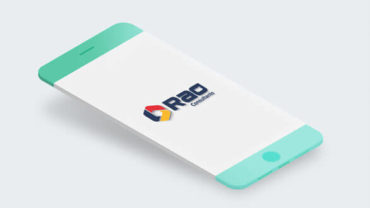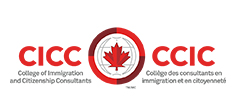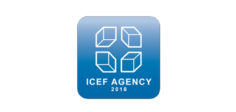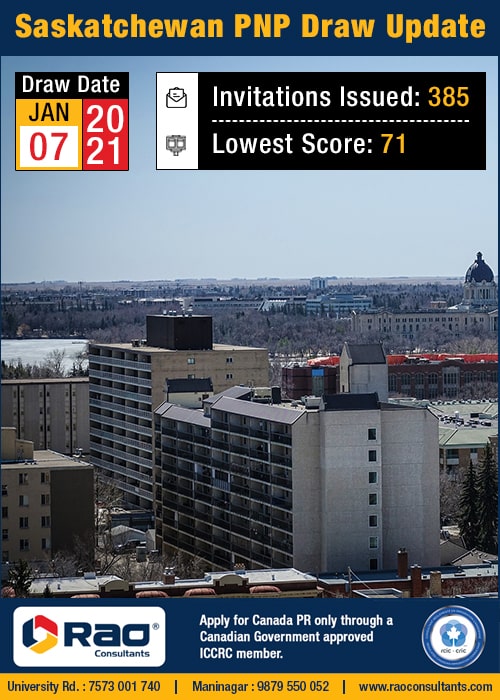Foreign Education
Looking to study abroad? Explore education opportunities in 200+ universities from around the world with Rao Consultants.
Immigration Visa
Your family deserves a secured, peaceful & healthy living. Check your eligibility for PR with authorized consultants.
Non-Immigration Visa
Be it for leisure, work or business trip. Getting visa for all your travels abroad has never been this easy. Ask us how!
IELTS & Other Coaching
Clearing your IELTS & other competitive exams is the most important step in obtaining a Visa. Learn from the best at Rao.
Post Visa Services
Save time, save money! Your one-stop-solution for air-ticket bookings, travel & health insurance, Forex and other services is here.
About Rao
For more than 20 years, Rao Consultants has been Bridging India Internationally. Read what drives us towards One Goal – Excellence.
Download App
Download our RAO CONNECT app and stay updated with latest news and information, Chat Live with our counselors and much more.
Reach Us
We, at Rao, are excited to discuss with you the possibilities to make your dream to study, work, travel or settle abroad come true.




















